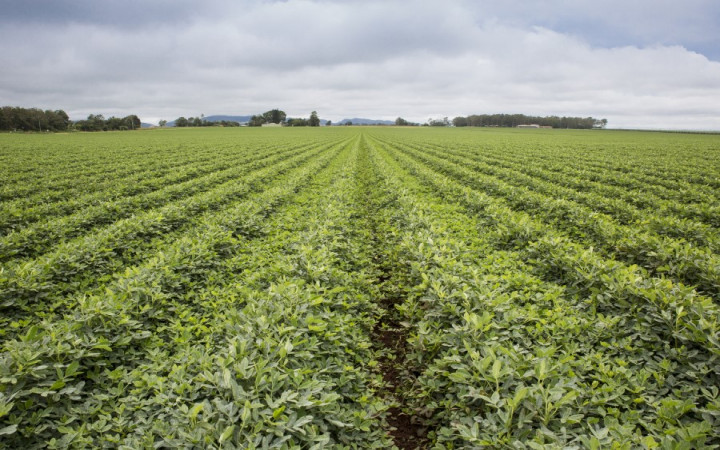Today’s Wonder of the Day was inspired by haley. haley Wonders, “What types of erosion is crop rotation method effective against?” Thanks for WONDERing with us, haley!
Do you live in an area with lots of farms? Chances are that you probably live closer to a farm than you might realize. If you pay close attention to farms from year to year, you'll notice that a field that was once filled with corn might be filled with soybeans the following year.
What's going on here? Is a fickle farmer changing his mind? Does he get tired of corn? Or is there a good reason for switching crops in fields from time to time?
Actually, there's a very good — and scientific — reason for farmers to plant different crops in a field from year to year. It's a process known as crop rotation, and it's actually been around a long, long time.
Crop rotation refers to the practice of growing different types of crops (or none at all) in the same area over a sequence of seasons. Historians believe farmers in the Middle East practiced crop rotation as early as 6,000 B.C., although they didn't fully understand the science behind it.
So what's wrong with planting the same crop in the same field season after season? As farmers thousands of years ago learned, several problems begin to creep up when you don't rotate crops. All of these problems can lead to decreased yields over the course of several years.
First, the land itself can become “tired" and less fertile. This is because the same type of crop planted repeatedly in the same area keeps draining the land of the same nutrients needed for that plant's growth. Second, certain pests can reach levels that are hard to control when they learn to make a home near a field that always has the same type of crop. Finally, land can be more susceptible to the forces of erosion if the same type of crop is planted repeatedly season after season.
Crop rotation helps mitigate each of these effects. Different types of plants require different types of nutrients from the soil. Changing crops routinely allows the land to remain fertile, since not all of the same nutrients are being used each season. For example, planting a legume, such as soybeans, helps to replenish necessary nitrogen in the soil.
In the past, not planting anything (also called leaving the field fallow) allowed the land to rest and replenish its nutrients. Some modern farmers will occasionally allow fields to lie fallow to rest, but crop rotation has helped to increase productivity by replacing fallow periods with growing different crops that replenish soil nutrients.
Crop rotation also helps to battle against the forces of erosion. Rotating crops helps to improve soil stability by alternating between crops with deep roots and those with shallow roots. Pests are also deterred by eliminating their food source on a regular basis.
Today, exactly how crops are rotated depends upon many factors, including the type of soil, the climate, precipitation, and the markets for various crops. Some modern farmers may rotate corn and soybeans in a single field on alternate years. Other farmers may rotate six or more crops in a field over multiple years.




